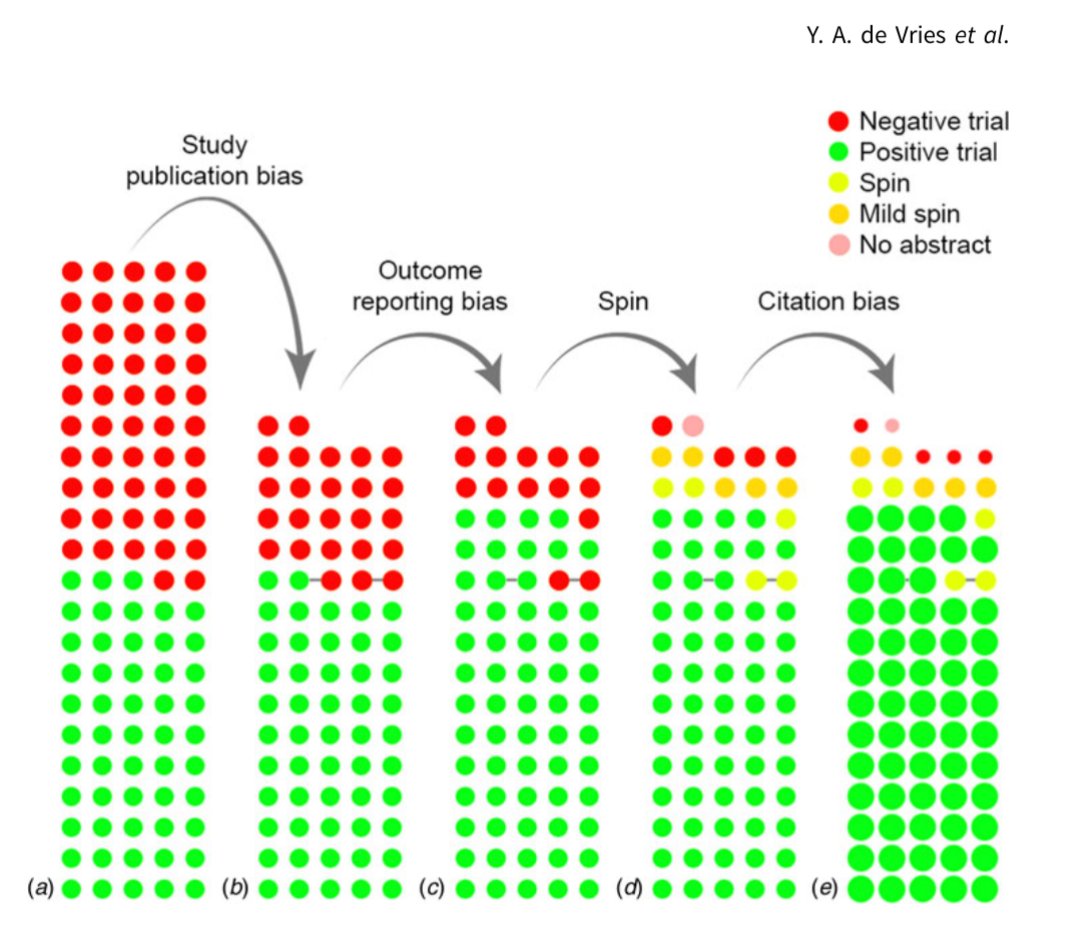UCSF, led by @MichaelPelusoMD, is starting this trial with the anti -SARS-CoV-2 spike antibody cocktail AER002.
Why I'm so excited that this can cure viral persistence in Long Covid:classic.clinicaltrials.gov/ct2/show/NCT05…
Why I'm so excited that this can cure viral persistence in Long Covid:classic.clinicaltrials.gov/ct2/show/NCT05…
- AER002 is probably the two mAbs P2G3 LS & P5C3 LS derived from a human, which the inventors of Aerium Therapeutics describe in their paper: ncbi.nlm.nih.gov/pmc/articles/P…
- It has strong neutralization against all SARS-CoV-2 tested (up to BA.5) ➡️ matches the persistent viral stains 

Both mAbs have Antibody-Dependent Cellular Cytotoxicity (ADCC) & AD Cellu Phagocytosis (ADCP):
mAbs bind to the spikes that are left on the surface of the infected cells and their Fc regions (their tails) act as receptors for NK cells & phagocytes to kill & eat infected cells.
mAbs bind to the spikes that are left on the surface of the infected cells and their Fc regions (their tails) act as receptors for NK cells & phagocytes to kill & eat infected cells.

That is: they can completely clear out a viral infection, even if there is no detectable viral replication. This circumvents SARS-CoV-2's immune evasion.
PwLC were found to have impaired Antibody-dependent NK cell activation, but not ADCP. medrxiv.org/content/10.110…
PwLC were found to have impaired Antibody-dependent NK cell activation, but not ADCP. medrxiv.org/content/10.110…
The antibodies contain the LS mutation in the Fc region, which appears to confer a half-life on the order of months.
So there's a scenario where it helps to suppress but not fully clear the infection, where you get an infusion 2 or 3 times a year.
So there's a scenario where it helps to suppress but not fully clear the infection, where you get an infusion 2 or 3 times a year.
The two mAbs given together would also increase the threshold for the virus to develop resistance.
The authors state that the antibodies have good effectiveness against mutations that would escape one or the other.
The authors state that the antibodies have good effectiveness against mutations that would escape one or the other.
Downsides:
➡️ Needs IV
➡️ Anecdotally, mAbs sometimes cause inflammation, especially with ADCC. This needs to be managed clinically to prevent collateral damage but not stop the immune system working.
➡️ Can't reach the brain
➡️ If neurons are infected, maar nog want to kill them
➡️ Needs IV
➡️ Anecdotally, mAbs sometimes cause inflammation, especially with ADCC. This needs to be managed clinically to prevent collateral damage but not stop the immune system working.
➡️ Can't reach the brain
➡️ If neurons are infected, maar nog want to kill them
They are trialing it in 20 people, with 10 controls with what seems like a pretty high dose (1200mg)
Most other mAbs have very limited ADCC, except for Sotrovimab
CD16 activation is a proxy for ADCC here
ncbi.nlm.nih.gov/pmc/articles/P…

CD16 activation is a proxy for ADCC here
ncbi.nlm.nih.gov/pmc/articles/P…

Correction: looks like AER002 only refers to P2G3? (The one with more ADCC & active against BA5, but weaker neutralisation overal)
Not entirely clear thoughlinkedin.com/posts/prakash-…
Not entirely clear thoughlinkedin.com/posts/prakash-…
@threadreaderapp unroll please
• • •
Missing some Tweet in this thread? You can try to
force a refresh














